How Can 3d Printing Change The World? 3D printing is a technology that has been around for more than three decades. It was originally designed to create models of objects without the need to mold or cast anything, but 3d printing has evolved into something much more.
Now it can be used as a tool for creating items with complex shapes and even electronics.
The most common type of 3D printer is an additive machine that melts plastic filament and extrudes it onto a build tray in layers until the desired object is created.
But this technology isn’t just limited to making things out of plastic- they can make metal parts, ceramic tiles, biological cells like human tissue, food like pizza dough or sugar cubes- almost anything you want! Who knows what people will come up with next?
Related:
- Top 7 Best Dual Extruder 3d Printer Under $500
- Top 7 Best Filament For Lithophanes
- 7 Best Hairspray For 3d Printing
- Top 7 Best Direct Drive Extruder
- Top 7 Best Resin For 3d Printer
How can 3d printing change the world?
3D printing can be used to make organs for transplants. We may even be able to make android parts and pieces in the future. Another thing we can use it for (in case you haven’t noticed) is printing things like toy swords, clothing, jewelry, cell phones cases, laptop covers, cosmetic products such as lipstick holders, and much more!
Secondly, 3D printers are even making their way into schools and colleges around the world.
The reason why 3d printing is growing in popularity among teachers and students is that it allows you to make whatever you want, whenever you want! It’s like a form of virtual Lego where everything is custom and can be replaced instantly.
3D printers might even change the way we play video games; think about it! If you broke your Xbox controller you could print a new one, same for Playstation!
Doctors and researchers can now develop artificial body parts such as skin, bones, and organs. 3D printers provide the unique ability to create complex shapes that would be very difficult or impossible to construct by hand. We may even see people printing clothes and shoes in the near future.
3D printers give us the ability to create things that could not be made before!
Without 3D printers, you wouldn’t be able to print a ring for your girlfriend, or a nose-clip for that matter. There is even a group of students using a 3D printer in hopes of building a house in 24 hours!
In addition, additive manufacturing is being used for crafting custom prosthetics. The University of Toronto, Australian National University, and the University of Nevada have come together to create a consortium with the goal of creating 3D printed bones from titanium powder.
Osteobiologics, Inc. has created a titanium powder that mimics the strength of human bones. Once perfected, this product could be used to print implants on demand even for rare bone diseases.
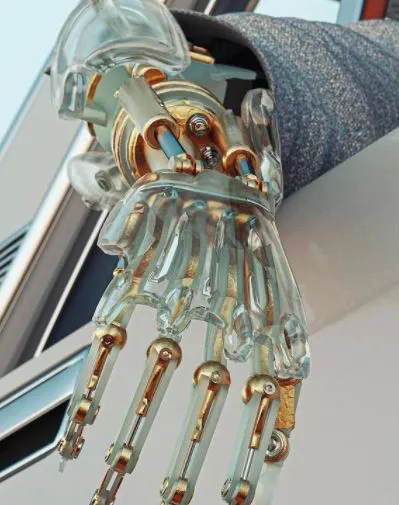
How Can 3d Printing Change The World? (Cre: hongkiat )
3D printers are improving the lives of people with disabilities.
For example, a company called Enable makes 3D printed hands and arms for children who need them. But these 3D printers use plastics as a building material, which limits their strength and durability as well as the range of materials that can be used.
Now scientists have developed a new type of 3D printer, called multi-material inkjet printing, that uses rubber and metal powder to create items that are much more robust. The study is in the journal Advanced Functional Materials
Researchers started by building a simple object using the new 3D printer.
They used a laser to fuse tiny rubber beads into a honeycomb pattern. Then they deposited tiny droplets of liquid metal alloy between the rubber cells to create a gradient from soft to stiff. The result was a complex, multilayered object that combines elastic rubber and hard metal in one piece.
The scientists then tested the object in a solution that simulates body fluid.
The gradient structure helped to dissipate energy when the material was squeezed, preventing damage to both the metal and rubber parts.
In another experiment, when researchers completely filled a small silicone tube with this 3D printed material it significantly increased the tube’s ability to stretch
They printed other items, some with up to nine layers of materials.
They also tried to print objects bigger than the printer’s work area, by moving the printer head across an existing object that had already been printed. This demonstrated another advantage of this new technology, which is that it can be used to continuously form items without stopping to add more material.
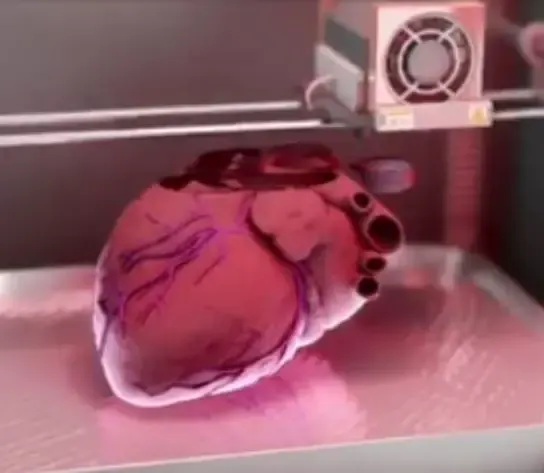
How Can 3d Printing Change The World? (Cre: cnbc)
Another example
A young boy named Dillan was born with Spinal muscular atrophy type 2, a rare genetic disorder.
Like many children who have the disease, he lost the ability to walk and move his hands. In September of 2012, Dillan received a 3d printed hand from South African designer Richard Van As, but it did not have much functionality.
That same month, Dillan met with Ivan Owen, a special effects artist in Washington State who had printed several replacement digits for Dillan’s older brother.
With time the two decided to take the project one step further and started developing 3d printed hands that are more functional.
On December 18, 2013, Dillan received the first prototype of an articulated 3d printed hand that he could control with his muscles, which was developed by Owen and Allisa Swanson, who is Dillan’s occupational therapist. The device has since been upgraded several times.
Dillan now has a specially designed controller with 9 buttons, but he is also able to control the hand using his eyes.
Each finger has four degrees of freedom, meaning it can move in all 360° axes.
The thumb is less versatile than the rest of the fingers because it only moves up and down or sides to sides, not in a full circle. That’s an interesting limitation in my opinion.
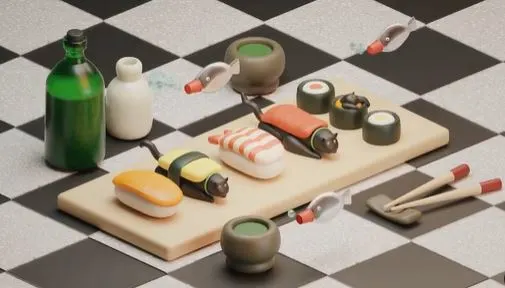
How Can 3d Printing Change The World? (Cre: weforum )
3D printed food is high in nutrients and low in calories.
You can even 3D print your pizza or sushi (see this article on how to do that). We already know you can 3D print food by mixing it with a binding material, but what about adding stuff normally found in secret recipe books? Researchers at Cornell University have done just that when they 3D printed pasta out of spinach and egg whites.
They combined the egg whites with a plant-based powder they created called Greensulate.
It consists of spinach, along with casein protein from milk and sodium alginate, which is derived from brown algae. This powder is commercialized for use in supplements, but it also happens to be an excellent gelling agent that can turn liquid into solid without the need for heat.
The green slate powder was mixed with water to form a fairly thin liquid, which was then piped into an open star nozzle.
The nozzle uses gravity to layer the mixture onto acetate sheets suspended above pans of cold water. If you were wondering why cold water is needed, it’s because as the liquid passes through the nozzle it cools down, causing the gelling agent to set into a solid. As it leaves the nozzle, droplets of this mixture dry in the air before they come into contact with the acetate sheets.
The pasta is very much real and has a similar texture to egg noodles. After being formed, they are boiled for 4 to 5 minutes and then coated with a marinara sauce. If you’re wondering, the nutritional content is very different from regular pasta. The researchers say one serving contains 2 grams of protein per serving, which isn’t much.
There are also 16% of your daily calcium needs, 3 grams of dietary fiber, 85 milligrams of sodium, and 29 milligrams of iron.
The Cornell team also 3D printed tortillas by adding their granulate powder to all-purpose flour.
They found that while both pasta and tortillas were safe to eat, they did not meet the US Food & Drug Administration (FDA) criteria for food additives. That may change in the future after the team improves the taste and nutritional value. The study was published in ACS’ journal Industrial & Engineering Chemistry Research.
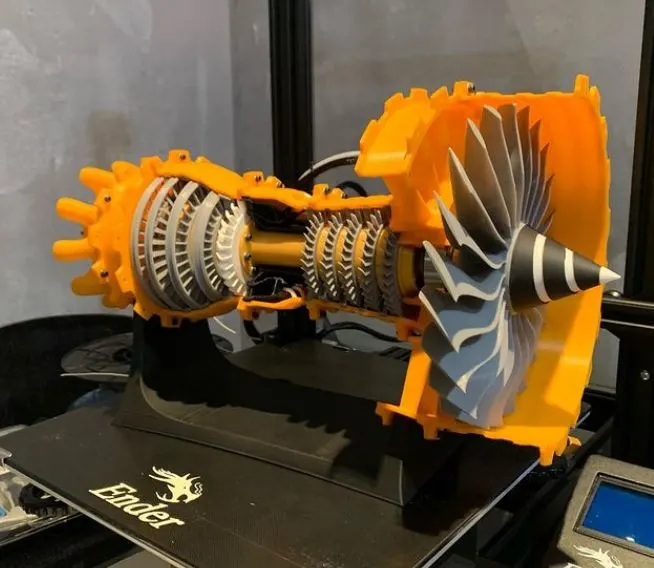
How Can 3d Printing Change The World? (Cre: forbes)
With just a few clicks, you could have an entire house made on your computer screen – but will it ever be affordable enough for everyone to use them too? (hp printing)
It’s a new way to create houses that could revolutionize the construction industry, and it could be available on your computer or smartphone within five years.
The technology is known as Contour Crafting and was developed by Behrokh Khoshnevis from the University of Southern California in Los Angeles.
In a paper published in the journal Automation in Construction, Khoshnevis claims: “Contour Crafting will bring great benefits to humanity and change our daily lives.”
The idea is that a computer-guided robot – or even a crane with a robotic arm – would print out layer upon layer of concrete on site.
The technique could be used to build homes from scratch or to repair those that are crumbling.
In a demonstration video, Khoshnevis shows a prototype of his robot creating a concrete wall with various simple patterns on it.
He claims this could be used as an alternative to the usual brick-and-mortar way of building houses.
Because large-scale 3D printing can make almost anything, the homeowner could even choose to have their house decorated with elaborate patterns.
Importantly, this technology would be cheaper than conventional construction methods – and could even save lives in areas hit by natural disasters.
Khoshnevis is now looking for investors to help him market Contour Crafting on a commercial scale.
Above all, the house-builder is keen to stress how safe his system is.
“You can think of it as automated bricklaying,” he says.
“The concrete will harden in less than an hour and be able to support its own weight.”
Contour Crafting could have a big impact on countries where land is scarce – like Japan – and Khoshnevis suggests the technology could also be used to build walls around coastal areas to protect against tsunamis.
But there are limitations for this new process too, it would only work if construction sites were flat enough – so hilly or mountainous regions might not reap the benefits of 3D printing their homes just yet.
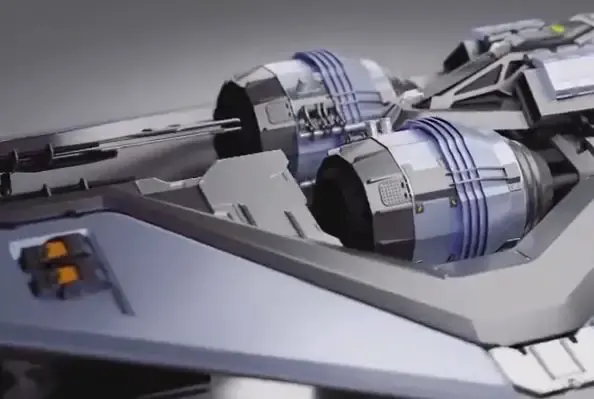
How Can 3d Printing Change The World? (Cre: hp)
Space Program (cad design services)
By allowing innovators to share data and design, 3D printing has broken down borders. But it will also accelerate our endeavors out of this world. Space station teams and intergalactic explorers will utilize this tech to manufacture components and products without needing to wait around for resupply missions. This will enable mankind to venture forth further than ever possible before.
3D printing is making satellites smaller and lighter, allowing them to fit in shallower orbits, which means they’ll be able to take more data before they’re pulled back into the atmosphere. This will cut down on launch costs.
The European Space Agency’s Print The Future project is working with NASA on an expected 2017 delivery of new 3D printers to the International Space Station.
Printing tools will help astronauts be more self-sufficient in future space missions, including one planned for Mars. Astronauts could build spare parts or even products they need on-site instead of having to wait for space deliveries from Earth, according to the Shorty Awards website.
Components are also being 3D printed and tested for Mars exploration, such as Multi-Mission Radioisotope Thermoelectric Generators (MMRTG) that convert heat from decaying plutonium to electricity.
3D printing is not quite there, though.
The costs of 3D printers and materials are still high — R&D for this market has focused on how to bring down the cost of materials (in comparison to traditional manufacturing costs).
For example, researchers at Harvard have devised a new process to print epoxy using the laser-induced forward transfer (LIFT), and scientists at MIT have created a system for stereolithographic 3D printing of ceramics (using high-powered lasers). However, we can expect many other affordable technologies to come down the pipeline in near future.
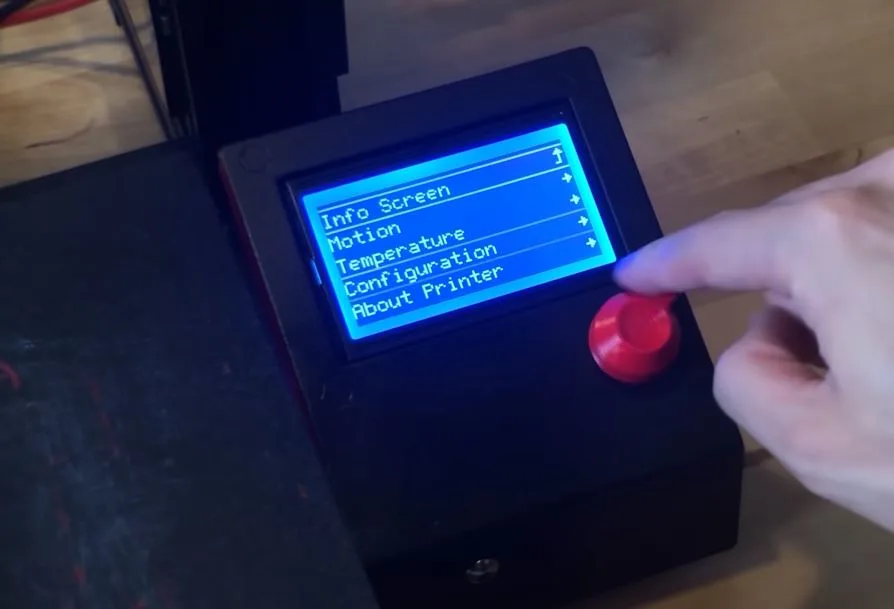
Commercial space exploration promises to be one of the earliest markets for 3D manufacturing.
NASA has already successfully tested the use of a 3D printer aboard the International Space Station. The Additive Manufacturing Facility, a product of a partnership between NASA and Made In Space, Inc., was launched to ISS in late September 2013.
This facility allows astronauts to use “ink” made from ABS plastic (same material as LEGO blocks) to print parts for space vehicles and tools.
In addition to these, NASA’s budget has been slashed by about $1.6 billion in 2013. As a result, space exploration is ultimately one of the areas most likely to benefit from manufacturing innovation brought on by 3D printers (though not necessarily 3D printing).
Another commercial application for additive manufacturing is creating products with personalized design, like the Dusseldorf-based startup SoMe, which is printing custom-designed ceramic vases and bowls.
SoMe’s an immediate competitor is Shapeways, a Dutch 3D printing marketplace and community founded in 2007.
A number of physical storefronts have been set up around the world (in New York and London), enabling people to order and pick up products directly from these locations.
Shapeways is likely to expand its storefronts and open new ones as the demand for 3D printed products grows.
Marketplaces like these, therefore, will play a major role in bringing down costs of 3D printing as well as increasing public awareness about this upcoming technology. In terms of price, current models range from $1,250 to $10,000 for personal 3D printing machines.
3D Systems has also entered this market by announcing its own physical store called the Cubify Store.
The company is also launching a cloud-based platform called Cubify.com, allowing people to upload their designs and order products directly from the site without any need for visiting a 3D printing store.
However, the size of this market is expected to be in millions, and give us at least a decade before we see any significant growth in demand.
What about Printed Weapons?
3D printers are increasingly able to print weapons, but not without detection. Some 3D printers apply color to printed objects, so the material is identifiable by law enforcement officials.
Others use their own light-based identification technologies to identify if a weapon is being produced. The printer will alert authorities before it can be fired. It won’t be foolproof, but it will certainly thwart the printing of firearms.
Conclusion – How Can 3d Printing Change The World?
I’m not the only one who thinks 3D printing is revolutionary. In fact, many people are predicting that it will change everything about how we live our lives on a global scale–from what we wear to where and how we work.
And while some of these predictions might sound extreme or unrealistic, I have no doubt that this new technology has the power to transform every aspect of society as well as our personal lives for generations to come.
What do you think? Do you believe in the power of 3d printing yet? Let me know your thoughts by commenting below!
Further Reading:
- Top 7 Best 3d Printer For Board Games
- Top 7 Best Creality 3d Printers
- 7 Best Filaments For Ender 3
- Top 7 Best 3d Printer For Nylon
- Top 7 Best 3D Printer For Cosplay Armor
Tags: #Technician #Nozzle #Supplies #Filament #Bridge #Vented #Plastic #Medical #Classroom #Change #Image #Harmful
Tags: changing, assembly lines and supply chains could be reduced or eliminated for many products, applications of the technology expand and prices drop, helping injured animals in repairing fragile ecosystems, touchable pictures, world’s, does, changes, session type, type html, expiry session, persistent type, expiry persistent, day type, printing technology, printing market, policy, cad.
